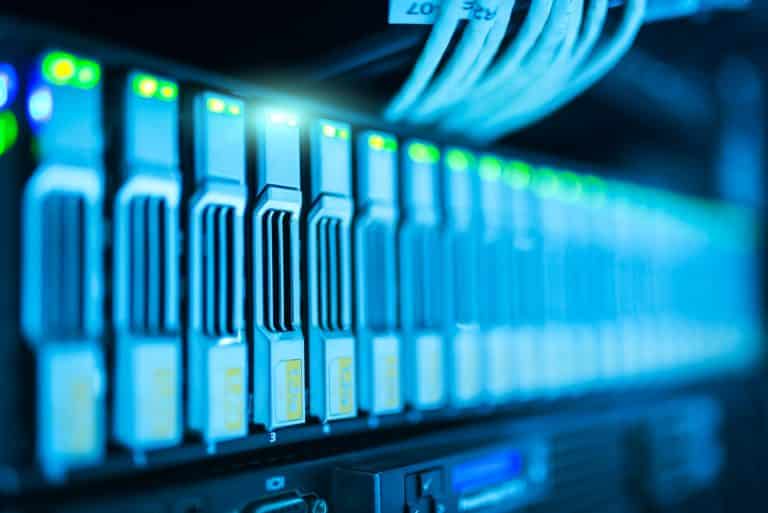Internet is a network of computers. The computer network is defined as a system in which more than one computer is connected together by means of wires or through wireless modems. Internet is a global network in which all the networks of computers can be connected. To connect to a network of heterogeneous computers, some standard network protocol was needed at and in the case of the Internet, this protocol is Transmission control protocol/internet protocol (TCP/IP).
Contents
There are two types of internet connection:
- Dial-up connection
- Leased line connections
Dial-up Connections:
Dial-Up connections are achieved via modem. You place a telephone call Via the modem, to your ISP’s modem or router. When contact is established – you can hear a handshake – then you log on to the network and when authenticated you are on the internet. This account is less expensive (approximately Rs.20 per hour) and much slower (a maximum speed of 14.4 KBPS can be reached but, varies depending on the traffic on your route and on the quality of telephone cables used. This account type is preferred by individuals and small companies.
Leased line Connections:
leased line connection is like cable TV where your system is directly linked to the ISP using the dedicated cable. Data transfer is very fast (64 KBPS and upwards) and is also expensive (runs into lakhs of rupees per year). Large companies prefer this with branches widely spread. The connection is always on you merely logon to it.
Connecting to the Internet Using Dialup Networking:
- Double click on the shortcut to my connection icon on the desktop
- Type the username and password in connect to the dialog box and click on connect button.
- If the internet script file is not a specified cover terminal window will pop up to accept the username and password.
- In some servers, the user has to specify the Protocol. In that case type ppp and choose to continue or select F7.
- After the authentication notice, the user will be permitted to use the internet.
Domains and Addresses:
As in our everyday lives, we need some way of telling the people where a particular thing is located, so also on the internet, we need to tell the people where a particular resource is located. For this purpose, there are two kinds of addressing
- Domain Addressing
- IP (Protocol) Addressing
Domain names for low of format called the domain name system or DNS. Every computer on the internet has both a domain name and an IP address. When a domain name is used, a domain name server translates the name to the corresponding IP address.
A domain name is a way by which a company can uniquely identify itself on the Internet. Registering a domain name on the internet is equivalent to registering a company name at the companies house.
Based on the top-level identifications, there are basically two types of domains:
- Non-Geographic Domains
- Geographic Domains
Non-Geographic Domains:
The top-level Internet domain types are non-geographical
| Domain | Indicates | Example |
| .com | Commercial Organizations | technotification.com |
| .edu | Educational Institutions | Stanford.edu |
| .mil | a (US) military setup | Nic.mil |
| .gov | A (US) government setup | Nasa.gov |
| .org | Other organizations | bjp.org |
| .net | Other networks | Ns.stph.net |
| .int | International Organization |
Geographic Domains:
The geographically based top-level domains use two-letter country designations
| Domain | Meaning (Country) |
| Au | Australia |
| Ca | Canada |
| In | India |
| Pk | Pakistan |
| Jp | Japan |
| Us | United States |
| Uk | United Kingdom |

